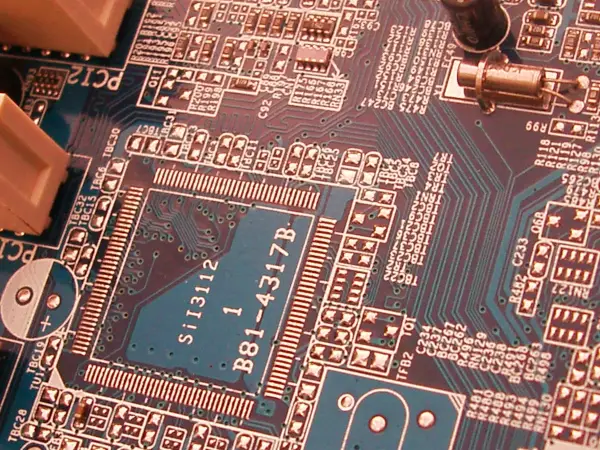Technology is one of the biggest driving forces for change in the world today. Technological innovations have transformed how we do things to the point that it has managed to affect the inner workings of our everyday lives. Indeed, everything from how we conduct research to how we interact at our place of work has been completely innovated through the various technological advances present in the modern world. Technology has paved the way and has fostered a healthy environment for collaboration.
But how exactly have these innovations manifested? To know more about this, read on as we go through the various ways that technology has shaped collaboration in the modern age.
Team Communication
Perhaps one of the most evident ways that technology has affected the world manifests in how businesses communicate. Gone are the days wherein communication wasn’t only slow but also expensive. Since the rise of the internet, communication has become more instant. Whether it be through email, text, or instant messaging, information can now be relayed without delay.
But it doesn’t end here as technology has also made it possible to have online meetings through video and audio calls. No matter where in the world your team members are and no matter the time difference, technology has connected businesses efficiently and effectively. This consequently has made collaborations with people from different countries more and more common.
Innovation is part of technology’s very nature, which means a good thing can be improved even further. This manifests in the form of improved video conferencing technology, which is designed in a way to increase engagement between team members involved in the video conference. This is being done through including more collaborative tools with the video conferencing feature, such as email, CRM, and microblogging, which is making it much easier for people to share information.

Engineering Design
This entry will be a little different from the other two on this list. While technology often promotes collaboration, technology in the case of engineering design has all but required it. This is due to the fact that the continuous advancements in various industries have made the job of designing impossible for just one person.
Many of the processes involved in engineering design have become very intricate and require input from several sources at many different stages. Team collaboration in PCB design is essential with products as complex as tablets, smartphones, and gaming consoles, and ineffective collaboration often leads to wasted time and resources, as well as errors that could have been easily avoided. Luckily, collaboration has been made much easier through the use of new technology such as dedicated apps and cloud servers.
Cloud storage, in particular, has changed the game. Through the use of the cloud, individuals across the world can securely share files that will be helpful to the entirety of the design process. Putting the designs on the cloud also ensures that they will be safe from being corrupted or lost, a risk that is always present when it comes to analog storage options.
Virtual Classrooms
Lastly, you can’t talk about collaboration and not mention education. Education is an inherently collaborative process that has also benefited from the expansive innovations that technology has brought to the world. Aside from online courses that have made getting a degree more accessible, technology has also introduced a new more collaborative means of learning.
This new approach to learning tailors classwork to the students, allowing them to learn at their own pace. And while this may seem like coddling, the results don’t lie as online learning continues to revolutionize education as we know it today.
And things are only bound to get better as many companies such as Google and Microsoft see this as an opportunity to promote the personalized learning experience, and this is bound to lead to more innovations down the line.


